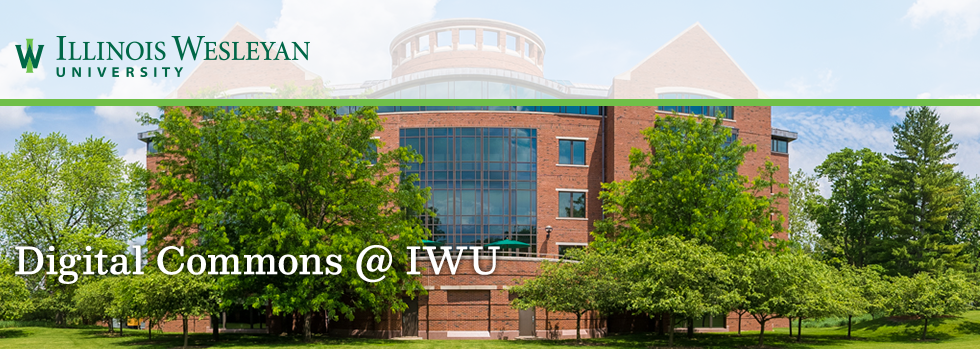Submission Type
Event
Faculty Advisor
Phillip Oberg
Expected Graduation Date
2020
Location
Room E103, Center for Natural Sciences, Illinois Wesleyan University
Start Date
4-4-2020 10:00 AM
End Date
4-4-2020 10:15 AM
Disciplines
Economics | Education
Abstract
Discussions and investigations of gender differences in earnings and human capital have seen a resurgence recently, specifically as they relate to women in Science, Technology, Math, and Engineering (STEM). Previous research, including my own, has uncovered inequality in earnings. Here, using data from the U.S. Current Population Survey, I examine the relationship between gender and (i) earning a professional certification; and (ii) pursuing graduate education: both means of career advancement and economic mobility. Simple ordinary least squares indicates women are less likely than men to obtain a professional certification, though this effect disappears in the presence of controls, including whether one works in a STEM occupation. Further analysis examines the probability of obtaining post-graduate education, as well as selection into a STEM occupation. The results can inform policies aiming to close gender gaps in higher education outcomes.
Included in
Women, STEM, and Gender Differences in Higher Education Attainment
Room E103, Center for Natural Sciences, Illinois Wesleyan University
Discussions and investigations of gender differences in earnings and human capital have seen a resurgence recently, specifically as they relate to women in Science, Technology, Math, and Engineering (STEM). Previous research, including my own, has uncovered inequality in earnings. Here, using data from the U.S. Current Population Survey, I examine the relationship between gender and (i) earning a professional certification; and (ii) pursuing graduate education: both means of career advancement and economic mobility. Simple ordinary least squares indicates women are less likely than men to obtain a professional certification, though this effect disappears in the presence of controls, including whether one works in a STEM occupation. Further analysis examines the probability of obtaining post-graduate education, as well as selection into a STEM occupation. The results can inform policies aiming to close gender gaps in higher education outcomes.

